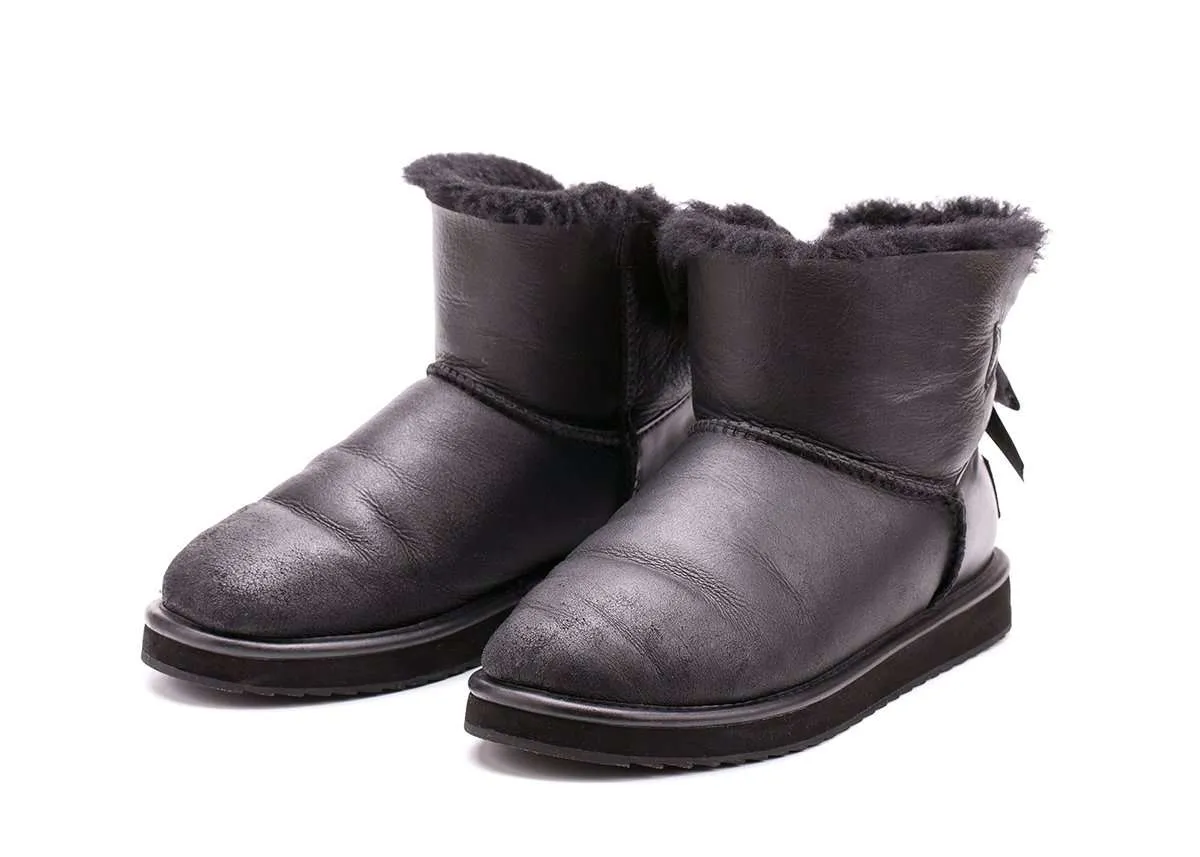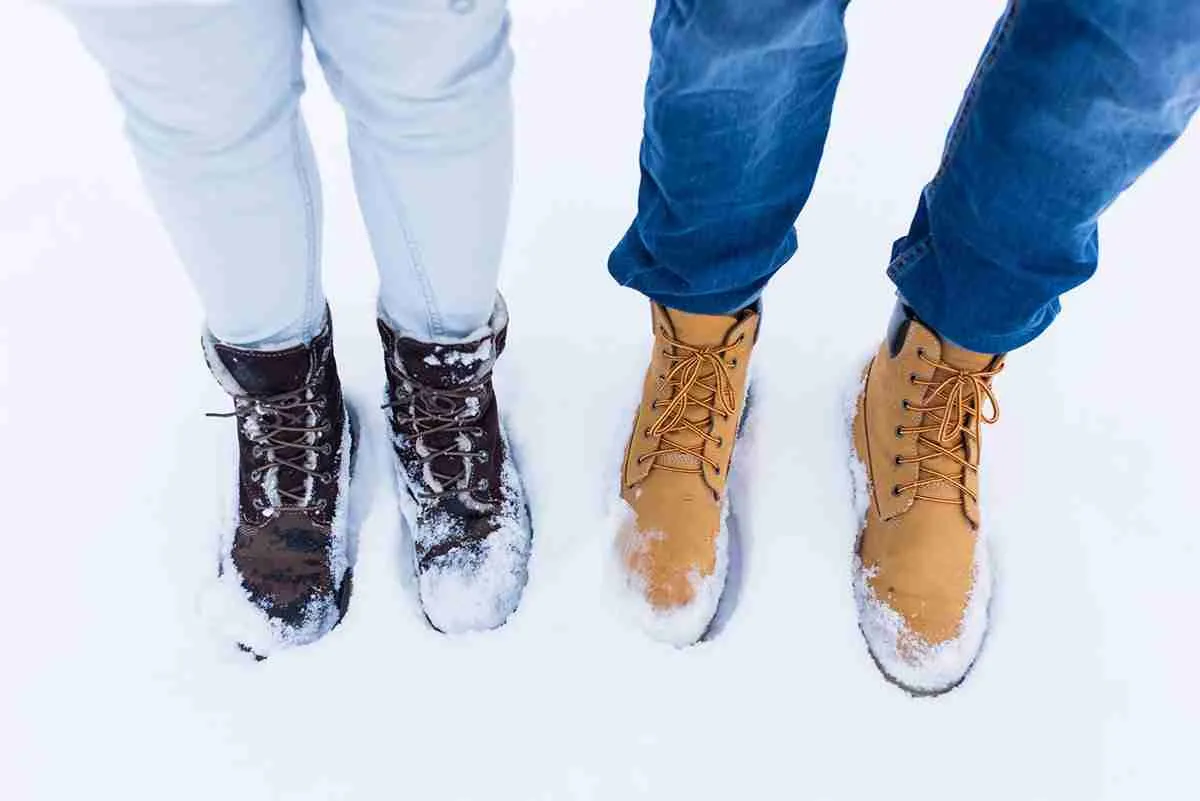If you’re a gymnast, you might notice other athletes wearing socks or special shoes on the spring floor. It’s also common for gymnasts to go barefoot, although you might not like the idea of doing that. If that’s the case, you need to ensure you have the proper footwear.
Gymnasts often wear impact socks or beam shoes when practicing. The socks help give an enhanced grip and prevent sweat from making the skin slippery. Impact socks can even take some of the pressure off your feet when you make a landing. Beam shoes provide non-slip benefits as well.
In short, you have plenty of options for footwear as a gymnast. You’ll see some athletes perform in socks, half-socks, beam slippers, or even barefoot. The footwear that’s the most comfortable for you is more than acceptable.
List of Common Gymnast Footwear
Let’s start by going over everything you could wear on your feet like a gymnast. Each footwear type comes with its pros and cons, which I’ll also make sure to cover in detail for you so that you can choose the footwear you believe will benefit you the most.
Normal Socks
Many gymnasts prefer to wear their socks on the spring floor since it helps give them a better grip. The athletes often compare it to chalk and appreciate that their feet don’t slip on the beam when they sweat.
Some people tend to sweat more from their feet, making it harder to keep your balance as you perform intense maneuvers. Wearing socks helps with this.
Pros
- Helps those with sweaty feet stay balanced.
- Offers more grip during turns.
Cons
- Makes it harder to perform when not turning.
- Some athletes find them distracting.
Impact Socks
Gymnastics is a sport that consists of a ton of impact. If you repeat similar moves over and over again during practice, your ankles and feet will absorb a lot of the shock.
Impact socks take some of the pressure off, protecting your feet.
Impact socks like this SoleImpact AS Socks also help provide more of a grip for those who sweat more through their feet. You’re sure to see them in many routines with a lot of jumping and landing. If this is familiar to you, you may also want to practice some ankle strengthening exercises to help your body deal with landing impact.
Pros
- Provide feet with protection from frequent impacts.
- Offers a better grip.
Cons
- Can’t be worn for long periods.
- Must be the appropriate size, or they may break the skin.
Half-Socks
Half-socks also appear frequently during routines that require many turns. They make it easier to slide and move quickly. They are much smaller than regular socks and cut off after the balls of your feet.
Gymnasts who choose these socks tend to sweat more around their toes or currently practice moves that require them on the balls of their feet.
Pros
- Good for turning elements.
- Helpful for managing sweaty toes.
Cons
- Don’t offer much support.
- Many people think they’re uncomfortable or awkward feeling.
Beam Slippers
Beam shoes or slippers like this Rubber Sole Gymnastic Shoes are very tight and consist of leather. This material provides more grip on the beam, which helps athletes stay balanced.
If you’re currently practicing moves on the beam, a good pair of beam shoes is great to have.
They’re also great for providing some protection from hard landings, whether you’re tumbling or using the beam.
Pros
- Offers cushioning during landings.
- Provides more grip on the beam.
Cons
- Draws attention to your feet, as flexed feet become more noticeable.
- Can make it harder to feel the floor or beam through your feet.
Barefoot
Finally, going barefoot in gymnastics is the classic option. You’ll want to make sure you use gymnastic chalk for the best grip. However, routines with a lot of turns can hurt the skin on the bottom of your feet.

Pros
- Lessened risk of foot fungus and bacteria build-up.
- Higher sense of where the beam is.
Cons
- Nothing to absorb shock from landing.
- Nothing to protect the skin of your feet during turns.
Talk With Your Coach
I recommend that you talk with your gymnastics coach before buying any new footwear.
Some coaches don’t like when their athletes use footwear, as it draws more attention to your feet during competitions. However, every coach is different. If you believe you need socks to protect your feet from heavy impacts, be sure to bring this up with them.
Overall, it’s a good idea to know how your coach feels about footwear before you show up with a new pair of beam shoes. You wouldn’t want to invest in something that you won’t get to use!
Do Male Gymnasts Also Wear Socks?
You also may see male gymnasts wearing socks or beam shoes. It’s more common to see men wearing socks on the spring floor since hyperhidrosis or sweating of the feet is more common in men.
Male gymnasts also wear socks on the rings, parallel bars, and the beam. The socks can help men with added grip and turning, just like they can for women athletes. Overall, they’ll wear them for the same reasons.

So, you can see a variety of different people wearing socks or slippers in a gymnastics setting. If you’re a male gymnast, you can also benefit from adding footwear to your list of sports accessories.
Not everyone likes wearing them, so make sure you have plenty of time to practice with them before a competition.
Final Thoughts
To summarize, there are several different pieces of footwear you may want to have if you’re a gymnast. They each come with their benefits, so make sure you consider what your unique needs are.
Overall, you should do your best to protect your feet in gymnastics.
This sport is very high-impact, so you need to add more security when you can. If you’re going to add footwear to your gear, make sure you also get plenty of practice wearing them, as it’s sure to feel different at first!
What To Read Next:







